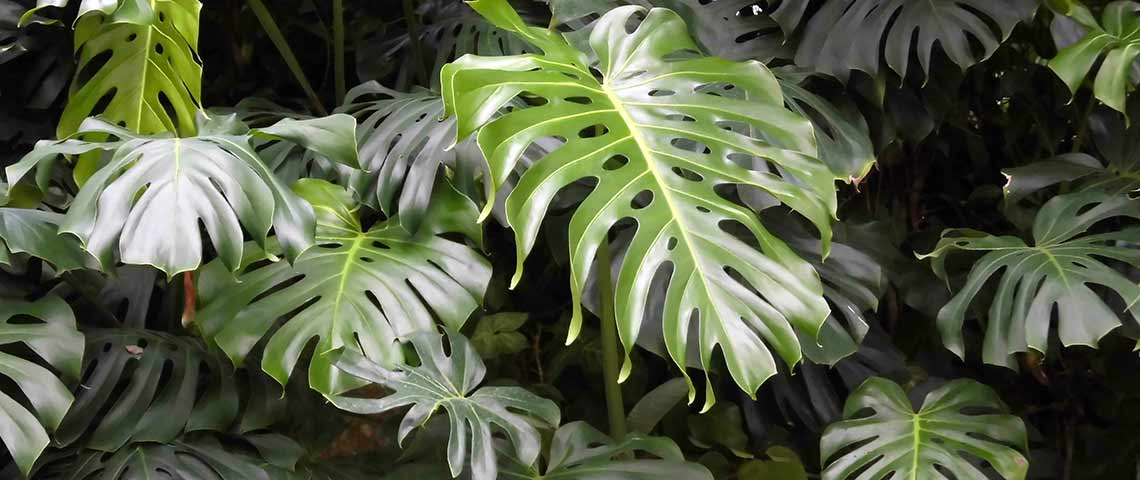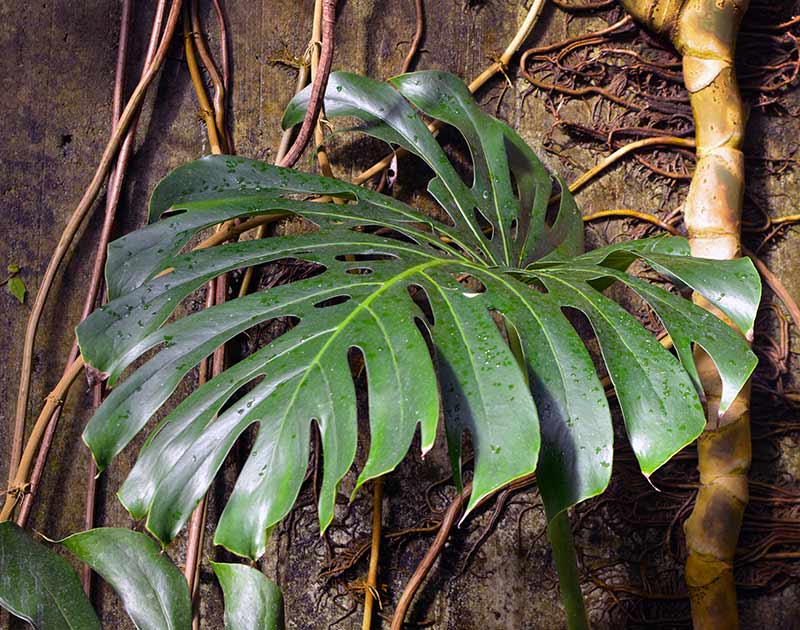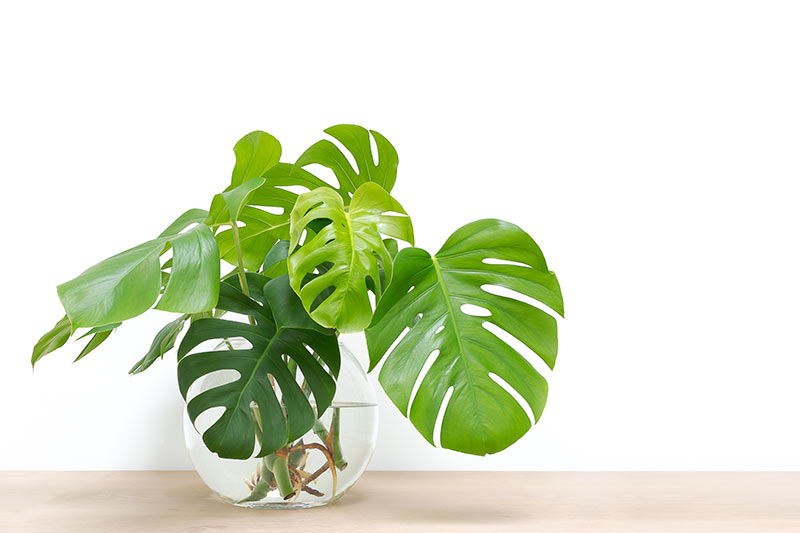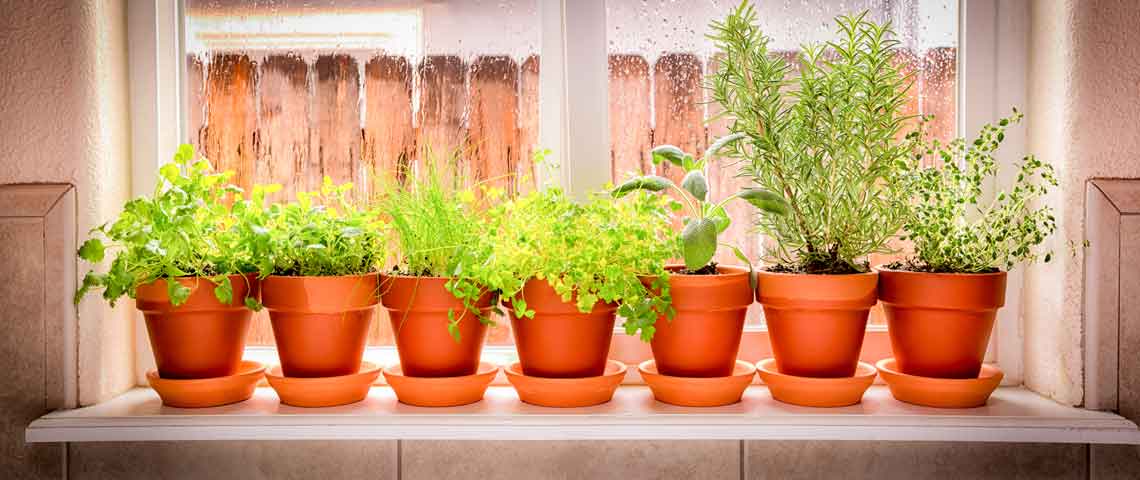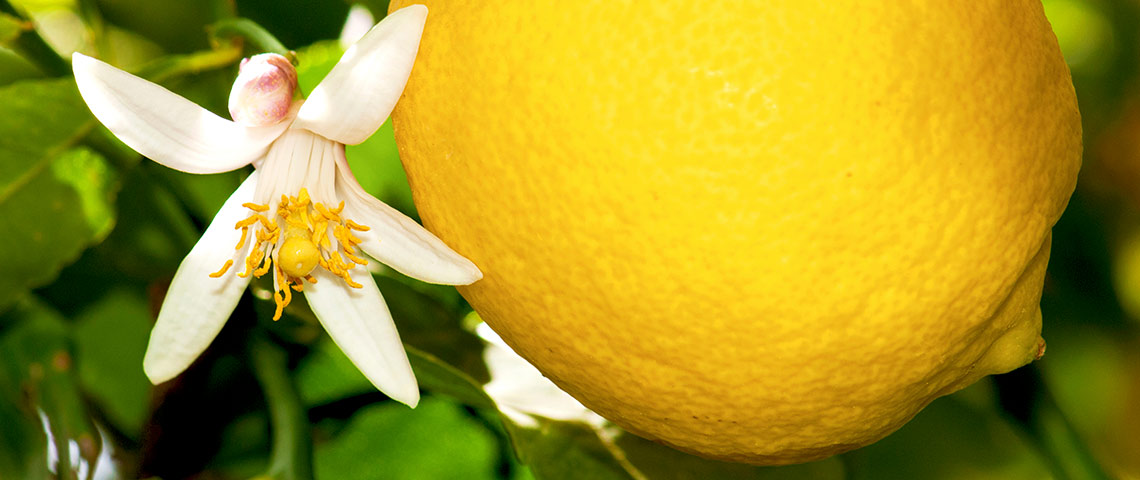How to Grow and Care for Monstera Deliciosa
When it comes to making a botanical statement about living life on your own terms, few plants can top Monstera deliciosa and its relatives for drama and personality. These exotic tropicals look demanding, but that's a front. They're actually simple to grow. With monsteras on your indoor plant wish list — or already settled into your family — these basics are all you need to know.
- Getting to Know Your Monstera
- Understanding How Monstera Grows
- Caring for Your Monstera
- Propagating Monstera Plants
Getting to Know Your Monstera
You may not think of your monstera as a vine, but that's exactly what it is. These beauties are native to the tropical rainforests of Central America, where they climb their way from jungle floors to spectacular heights. Most common monsteras look a lot alike, but narrowing down your type is part of the fun:
- Monstera deliciosa, also known as the Swiss cheese plant, is the most popular monstera on the market. When mature — and given adequate light — its massive, heart-shaped leaves develop large holes along the main leaf vein and large leaf splits along the outer edge.
- Monstera adansonii, also known as monkey mask, is less common. Its arrow-shaped leaves don't split along the edge. Instead, the holes stay confined inside the leaf margins.
- Monstera obliqua is a rare plant — though mislabeled imposters are far too common. Very similar to Monstera adansonii, it has narrower, thinner leaves with more leaf holes and less leaf surface.
All monsteras are part of the botanical family Araceae, which is toxic to dogs and cats if consumed. Always keep monsteras away from any special indoor or outdoor yard and garden areas for dogs or cats. Train your fur babies to never eat plant parts — indoors or outside. If your pet eats monstera leaves or stems, contact your vet right away.
Monstera deliciosa uses aerial roots to reach new heights.
Understanding How Monstera Grows
In their native tropical habitat, monsteras reach towering heights thanks to aerial roots. Normal roots anchor plants in soil below ground level, but aerial roots anchor plants to trees, walls and any other surface where they can cling and climb.
Monsteras in your home don't reach rainforest heights, but they still grow the same way. Encourage your monstera's aspirations with a moss pole for support. The aerial roots will grow into the moss and anchor your monstera as it soars.
Be ready for what's ahead. Given the right conditions, space and support, Monstera deliciosa are long-lived plants that can grow 10 to 15 feet tall and stretch 8 feet wide — even indoors — with leaves that measure 18 inches across or more. Variegated monsteras grow much slower; they rarely get that big indoors.
As your monstera matures, expect the leaf holes and splits to change radically. Depending on the plant type and growing conditions, leaf holes become dramatic split leaves. Proper light levels are especially important. Low light inhibits holes and splits.
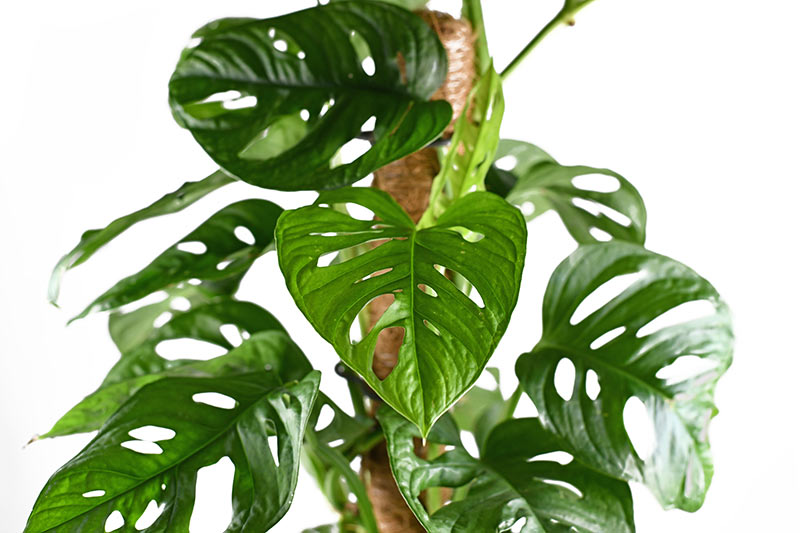
Leaf holes in Monstera adansonii stop before they reach leaf edges.
Caring for Your Monstera
Most monsteras have simple growing needs that suit indoor living well. Provide these basics and some occasional one-on-one time — just to let it know you care — and your monstera will grow more fabulous with time.
- Light – In the rainforest, towering trees protect monstera leaves from intense sun. From spring through fall — your monstera's active growth period — give it bright indirect or filtered light. In winter when sun is less intense, direct light encourages the best color and leaf development.
- Water – Monsteras are tropicals, but they prefer that soil dries out slightly during active growth. Check the soil by hand. When it feels dry 2 to 3 inches deep, water it thoroughly. Always remove excess water from your saucer or cachepot to avoid root rot. During winter, reduce water accordingly.
- Humidity – Not surprisingly, rainforest natives like humidity. Monstera is no exception. During active growth, mist your plant and moss pole daily. To simulate a rainforest bath, wipe leaves weekly with warm water. If you use a saucer rather than cachepot, fill it with pebbles, add water to just below the pebble tops, and place your plant on top. As water evaporates, it humidifies the air around your plant.
- Temperature – Monsteras do well in average home temperatures during the growing season, but they prefer temperatures around 55 to 65 degrees Fahrenheit during their winter rest period. If your home has a cool wintering spot with adequate light, your monstera will love it. Regardless of the season, steer clear of spots near heating and air conditioning vents.
- Fertilizer – Feeding monsteras during the growing season fuels beautiful leaves and vigorous growth. Created to work with nature, the organic and natural ingredients in Pennington Rejuvenate Plant Food All-Purpose 4-4-4 provide essential plant nutrients plus earthworm castings, humic acids and beneficial microorganisms that work in harmony to nourish your monstera from the inside out. For best results, feed your plant every one to two months from spring to fall.
- Pruning – Knowing when and how to prune monstera is simple. If vines and aerial roots get unruly and lose their cool factor, simply prune them back. Always cut just below a leaf node so you don't leave a stump. For a wild look, remove only dead or damaged leaves and stems. Healthy aerial roots support your plant, plus they absorb moisture from the air.
- Repotting – Monsteras do best when they're slightly rootbound, so don't be quick to repot. When roots peek through drainage holes, shift up to a pot one size larger. Show your plant some love with Pennington Full Season Potting Mix, designed especially for use in pots. This revitalizing potting mix blends essential plant nutrients with nature-friendly bio-stimulants to improve plant nutrient uptake, earthworm castings to enhance soil nutrients, sustainably sourced peat to improve water and nutrient retention, and water-holding crystals to make the most of the water you use.
Starting new monstera babies is simple in water or in soil.
Propagating Monstera Plants
Like many climbing plants, monsteras are easy to propagate from stem cuttings in water or potting mix. Choose a vine tip that has several leaves and the beginning nubs of aerial roots. Cut just below a leaf node for a 4- to 5-inch-long piece. Then remove the lower leaves to expose at least two to four leaf nodes and root nubs.
If you're rooting in water, that's it. Put the cutting in a vase or jar so the nodes remain submerged, then relax and enjoy watching roots grow. Once several healthy roots form, replant the cutting into a pot.
If you're rooting directly into Pennington Full Season Potting Mix, a quality rooting hormone helps the process along. Thoroughly coat the cut stem with rooting hormone, then insert it into its new home. Most monsteras root quickly and easily. You'll soon have more babies to tend and share.
With just a little effort, you can grow amazing monsteras that express your love for nature, plants and life. At Pennington, we've been helping plant dreams come true since 1945 — in yards, gardens and homes. Got a question or a dream to share? We'd love to hear it. Let us help you nurture your roots.
Always read product labels thoroughly and follow instructions.

